By Vickie Aldous
Mail Tribune
Dave Siddon waited anxiously as Phoenix the golden eagle was put under anesthesia and draped in cloths until only his eye and tail feathers were showing.
"It scares me to death," Siddon said of the cataract surgery the 35-year-old bird was about to undergo in Medford. "I love this bird so dang much. It's like he's my child."
Found by a logger on a remote road while still a fuzzy eaglet, Phoenix has called the Wildlife Images animal center outside Grants Pass his home for decades. He is too dependent on humans and deeply bonded with Siddon, the center's executive director, to be released into the wild.
Working in a darkened surgery suite at Southern Oregon Veterinary Specialty Center with a light illuminating Phoenix's eye, animal specialty ophthalmologist Dr. Cassandra Bliss began the delicate procedure of cutting into the eye to reach the clouded lens obscuring the eagle's vision.
Six months ago, Phoenix's vision began to deteriorate, and staff members at Wildlife Images noticed fogginess in one eye, Siddon said.
"It progressed much quicker than we expected," he said.
Without vision in his eye, Phoenix would have had trouble finding his food and landing on his perch. Eagles that can't see correctly have difficulty flying, Siddon said.
"They crash and burn, and their feathers break," he said.
Siddon said he couldn't stand by and watch the eagle's quality of life deteriorate.
The bird serves as an animal ambassador for Wildlife Images, educating the public about wildlife and appearing in films and on television. Phoenix also has a one-of-a-kind personality.
"He has the whole package," Siddon said. "He's very bright and adaptable. He's got a great attitude. I've worked with hundreds of eagles in my life, and we've formed a bond."
Phoenix is known to play favorites with his human handlers.
"An eagle's talons are as strong as a leopard's jaws. They can literally break bones," said Siddon, who dons a large protective glove so Phoenix can perch on his arm. "He doesn't clamp down on me. Some people he doesn't like, and he will go after them. There's a person he doesn't like at Wildlife Images, and he will clamp down on her glove."
As the surgery continued, onlookers went back and forth between watching the procedure through a window and getting a close-up view via a video monitor in a separate exam room.
Bliss removed the cataract from Phoenix's eye and inserted an artificial replacement lens donated by I-MED Animal Health, a Canadian company that was the first to develop replacement lenses for birds of prey.
She wrapped up the surgery by sewing Phoenix's eye with a curving needle, then went out to report the outcome of the surgery to Siddon.
"The surgery went great," Bliss announced.
There were a few hurdles to overcome, especially when Phoenix's eye wouldn't dilate as was needed for the surgery to proceed, but Bliss said she expected the eagle to recover well.
She said eagles and falcons can develop cataracts for a variety of reasons, including genetics, injury and age. With no known trauma to his eye and considering his age, Bliss said, Phoenix's cataract was likely age-related.
With his sight restored, Phoenix could live well into his 40s, according to Wildlife Images.
Bliss said sight is the most important sense for eagles. Their large eyes weigh more than their brains, and they have a mind-boggling one million photoreceptor cells per square millimeter in their retinas.
Soon after the surgery, Phoenix woke up and looked around. With Valium in his system to combat the stress of surgery, he left with his human companions for the trip back to Wildlife Images. Bliss will check on him as he recovers over the next two weeks.
She said performing the cataract surgery on Phoenix was a unique opportunity.
"I've done it on a penguin and hundreds of dogs and cats, but this is my first eagle," Bliss said.
Staff reporter Vickie Aldous can be reached at 541-776-4486 or valdous@mailtribune.com. Follow her at www.twitter.com/VickieAldous.

